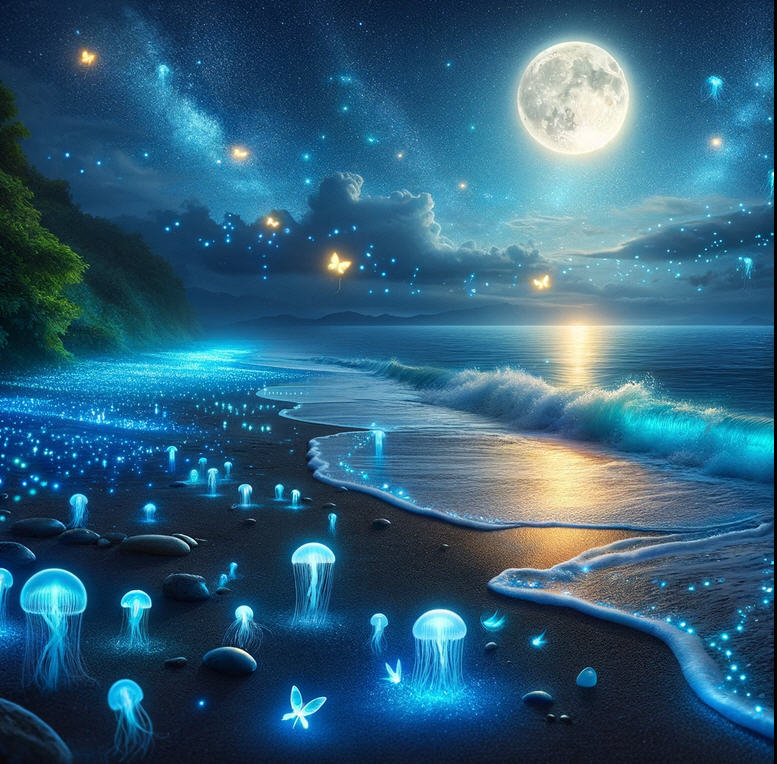The Intriguing World of Bioluminescence: Nature’s Night Lights
Bioluminescence, the natural phenomenon of living organisms emitting light, has captivated humans for centuries. This unique form of illumination occurs through a chemical reaction that involves the molecule luciferin and the enzyme luciferase. While bioluminescence is widely recognized in fireflies and glow worms, it is also prevalent in a variety of marine organisms, including jellyfish, certain species of fish, and plankton.
Q: What is Bioluminescence?
A: Bioluminescence is the emission of light by living organisms as a result of a chemical reaction. This phenomenon is mainly found in marine organisms but also occurs in some terrestrial species.
Q: How do organisms produce bioluminescent light?
A: The light is produced through a chemical reaction involving the molecule luciferin, the enzyme luciferase, oxygen, and ATP (adenosine triphosphate). When luciferin is oxidized by luciferase in the presence of oxygen, it produces light.
Q: Why do organisms exhibit bioluminescence?
A: Bioluminescence serves various functions, including predation, defense, and mating. For example, some deep-sea creatures use bioluminescence to lure prey, while fireflies use light patterns to attract mates.
Q: Can humans see bioluminescence with the naked eye?
A: Yes, human eyes can see bioluminescent light, which is often visible at night. The best places to observe this phenomenon are in marine environments, such as during red tide events caused by bioluminescent algae, or in caves inhabited by glow worms.
Bioluminescence offers a glimpse into the complexity and wonder of nature’s design, showcasing how organisms have evolved to use light in their survival strategies. This fascinating natural phenomenon continues to be a subject of research, revealing new insights into the life that illuminates the darkness of our planet’s oceans and forests.



